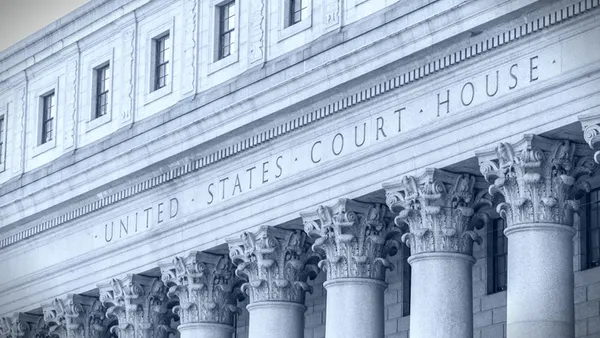For companies looking for resources to get back up to speed as states lift mandatory closure orders, the Federal Reserve’s Main Street Lending Program, expected to launch next week, may provide a lifeline.
Companies with 1,500 or fewer employees or with $5 billion or less in annual revenue are eligible for the loans, which are originated by participating lenders but financed almost entirely by the Fed. Depending on the type of loan you take out, the Fed is reimbursing lenders 85% to 95% of the amount, leaving the lender with only a 5% to 15% stake.
The loans are part of the stimulus package enacted into law in March but are only launching now because of the complexity and risk of the program; it departs from the Fed's traditional monetary role by having the agency play what critics effectively call a fiscal role.
"If Congress wants to send money to people and make loans to businesses, they should stand up and do it rather than pass the buck off to the unelected officials working at the Federal Reserve," says Norbert Michel, director of the Center for Data Analysis at The Heritage Foundation.
Loans could be helpful
Apart from the criticism, the loans' size and flexibility could prove useful.
Unlike the Paycheck Protection Program (PPP), which the Treasury Department and Small Business Administration (SBA) rolled out in April, loan sizes are capped but aren't limited by a formula and proceeds can be used for purposes that best fit your needs.
Final rules have yet to come out, but interim rules allow for applying for one of three types of loans, each with five-year terms at a rate of 3% over LIBOR. Unlike PPP loans, forgiveness is not part of the mix. Prepayment is permitted and repayment is deferred for the first two years. After deferral, repayment varies by loan type but in all cases the proceeds are expected to be repaid by the end of the fifth year.
Loan types are divided into two groups: new and priority loans and, for companies upsizing existing debt, upsized tranches.
New and priority loans are for a minimum $250,000 and capped at the lesser of $35 million or an amount that, when added to outstanding and undrawn debt, doesn’t exceed four times adjusted 2019 earnings before interest, taxes, depreciation and amortization (EBITDA).
In the event of bankruptcy, new loans are senior to any other unsecured debt while priority loans are senior to or equal with any other loans other than mortgage debt.
In a difference with new loans, priority loans can be used to refinance existing debt you owe, whether or not it's to a lender eligible under the program. But until the loan is repaid, you’re not allowed to repay the principal balance of, or pay any interest on, any other loan unless those payments are mandatory.
With upsized tranches, the minimum finance amount is $10 million and capped at the lesser of $300 million of existing outstanding and undrawn debt or an amount that, when added to outstanding and undrawn debt, doesn’t exceed six times your adjusted 2019 EBITDA.
To be eligible, the existing term loan or revolving credit facility must have originated on or before April 24 and must have a remaining maturity of at least 18 months. The lender may extend the maturity of an existing loan or revolving credit facility at the time of upsizing to satisfy the 18-month remaining maturity requirement. As with priority loans, if you're in bankruptcy, the upsized tranche must be senior to or equal to your other loans other than mortgage debt.
The start date hasn't been announced but it could be as early as next week. Rules, forms and reports are available from the Federal Reserve.












